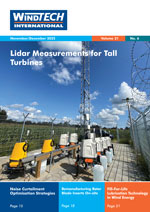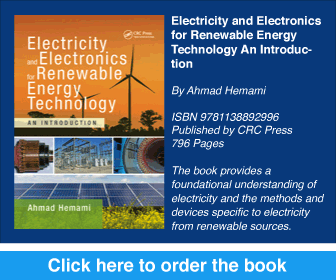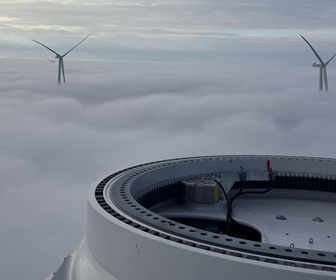Governor Tina Kotek has signed Executive Order 25-29 to increase the pace of Oregon’s efforts to reduce carbon emissions while supporting grid reliability and energy affordability. The order sets out new expectations for state agencies and strengthens coordination across energy, environmental and planning bodies. Executive Order 25-29 directs agencies to advance the Oregon Energy Strategy by adopting greenhouse-gas reduction measures aligned with the strategy’s five least-cost pathways. Agencies will adjust work plans and performance indicators where needed to track progress.
The order also calls for a more coordinated approach to developing clean energy projects. Agencies are instructed to streamline land-use and environmental review processes, siting and permitting, and interconnection procedures for clean energy generation, storage and related infrastructure. The Oregon Department of Energy and the Public Utility Commission will prepare a strategic framework for transmission corridors, simplified approvals and targeted financial support.
To support a resilient clean energy economy, agencies will identify and prioritise public-private partnerships and work together on opportunities for advanced carbon-free technologies, including enhanced geothermal, offshore wind and energy storage.
The order builds on the transparency structure established under Executive Order 25-26 and seeks to consolidate existing programmes into a clearer system for tracking climate action and resilience.










